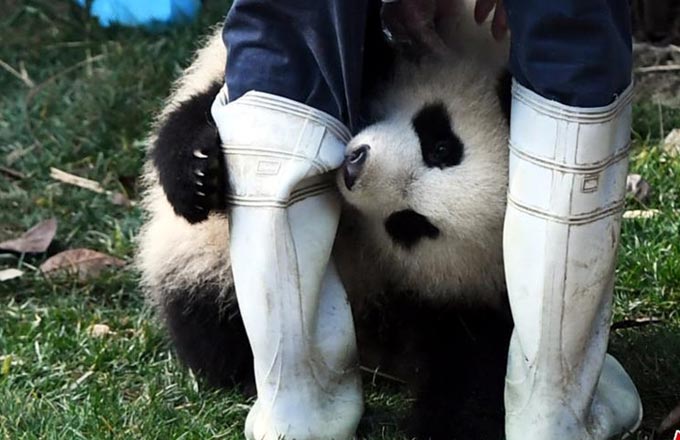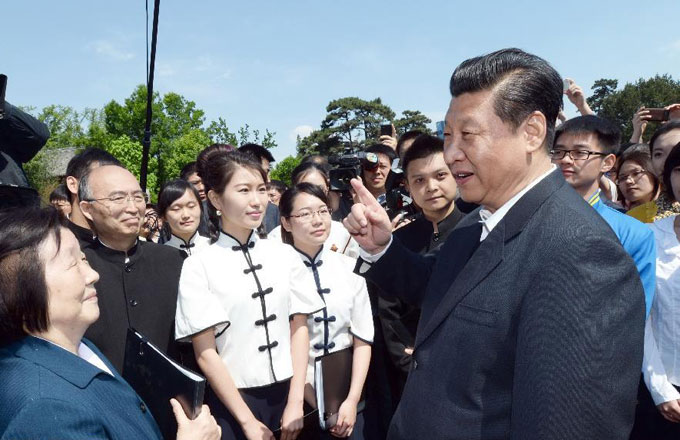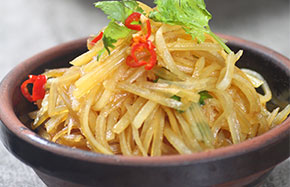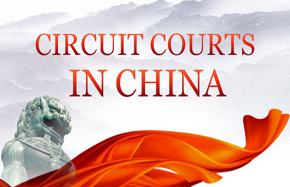Searching for the food of the future
Resistance to viruses
The research has also produced virus-resistant potatoes, whose yield is 30 to 50 percent higher than ordinary cultivars, as well as several cultivars that have strong resistance to certain diseases.
Moreover, a new cultivar named Cooperation-88, developed by the university and the Joint Potato Academy, is now the most-widely grown variety in Southwest China. Its excellent taste and high yileds have seen it cultivated widely in neighboring countries, including Vietnam and Laos.
According to Li Canhui, potatoes were introduced to China during the early 1600s, but did not become a major crop until the 1980s. By 1993, the country was the world's largest potato producer, and in 2014, it produced 95.5 million tons - twice as much as India, the second-largest producer.
"This significant growth in potato production highlights how important the tuber has become in China," he said, but pointed out that there are only about 300 "potato experts" in the country and the number needs to rise.
"The institute aims to train more professionals. Scientific research into potatoes is crucial and an important step for the country's staple food strategy, as well as the development of the potato industry," he said.
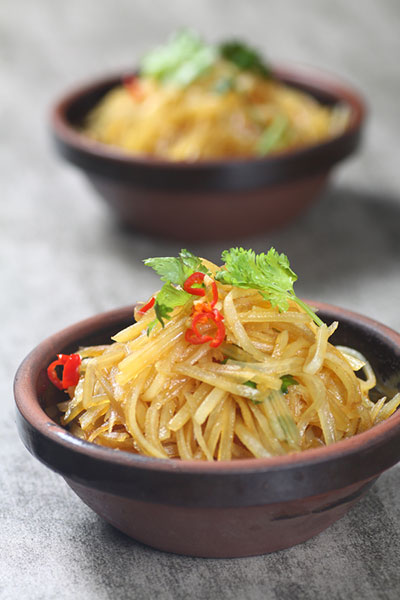 |
|
Chinese-style potato dishes. Xi Niu / For China Daily |
The little tuber set to make a big noise
Although the potato was introduced to China nearly 500 years ago, it is still mainly used as a side dish, rather than as a staple food. For many farmers, raising the level of potato cultivation is an easy task - the bigger challenge is getting people to eat them.
"In Western countries, potatoes can be cooked as french fries, roasted, boiled, baked or mashed. To make more people love potatoes, both the method of cooking and the taste can be improved to suit people daily needs," said Wang Pei, a researcher at the Joint Academy of Potato Science at Yunnan Normal University in Southwest China's Yunnan province.
Many Chinese cities developed potato-based snacks several decades ago. Starting in the 1980s, a large number of food companies in Yunnan exploited the business opportunities offered by the tuber and began making popular snacks, such as potato chips and french fries, from locally grown potatoes.
Just two potatoes are needed to produce a 150-gram pack of potato chips, which retails at least five times the production cost. However, few of the once-famous Yunnan snack brands, such as Angel and Zidi, have survived. In addition to the threat posed by foreign competitors, the companies lacked ways of utilizing the "redundant" parts of the potato, which resulted in rising production costs.
"Potatoes need to be cut to a particular size for the automatic processing line to make them into chips and fries. The parts that don't fit are dumped," said Yang Guangfu, a retired manager of a snack company in Kunming, the capital of Yunnan.
He added that the number of processed foods that could be made from potatoes was limited 20 years ago, so the parts that could not be used in the production process were sold as animal feed at rock bottom prices .
According to Wang, the researcher, the academy is working to develop new strains, with different starch and sugar contents, to meet the needs of processing companies.
"In future, potatoes with special microelements may also be available on the market. Scientific study has made the tuber magical, and will definitely be a strong driving force of the national strategy of promoting the potato as a staple food in China," he said.







